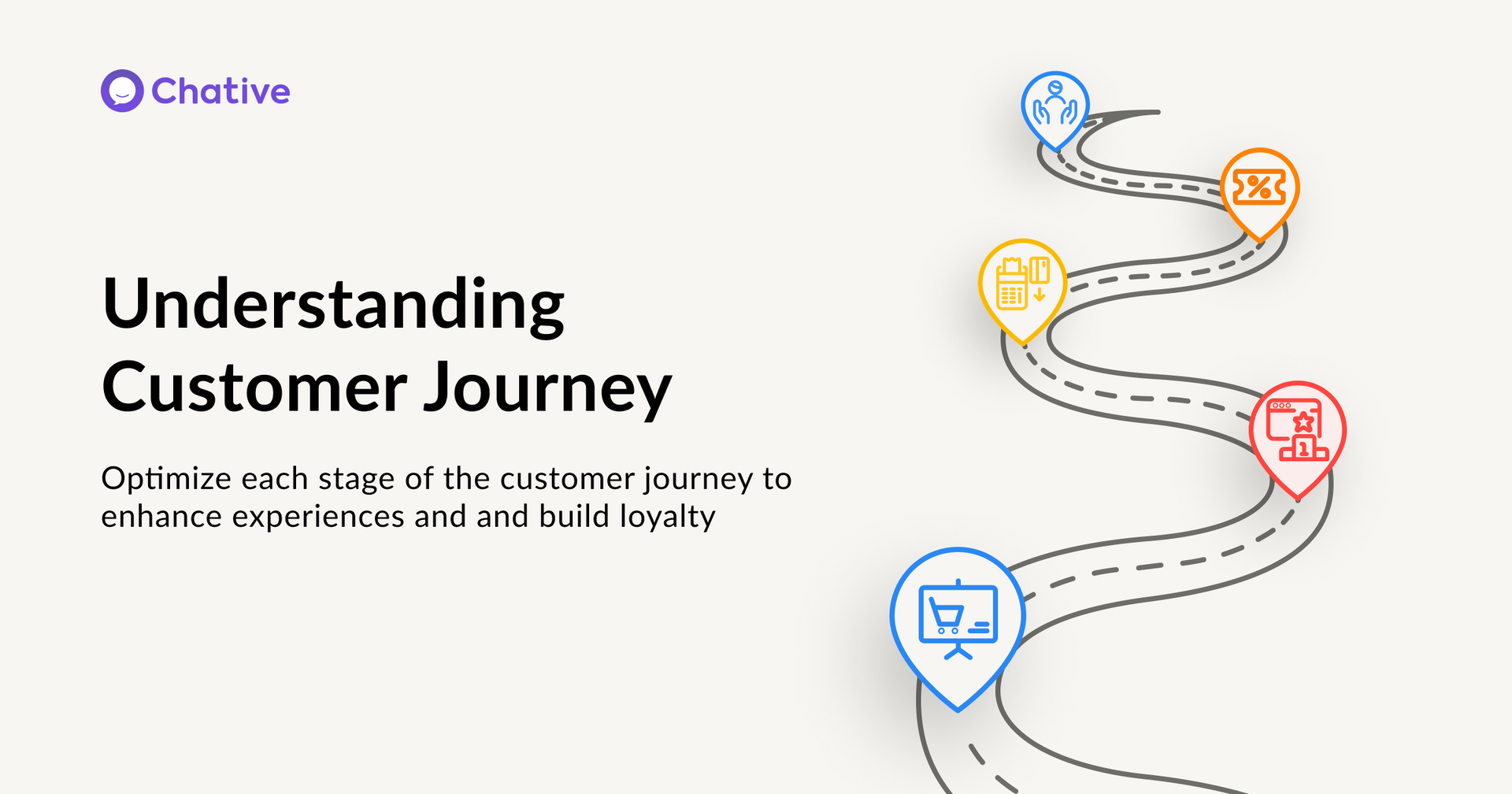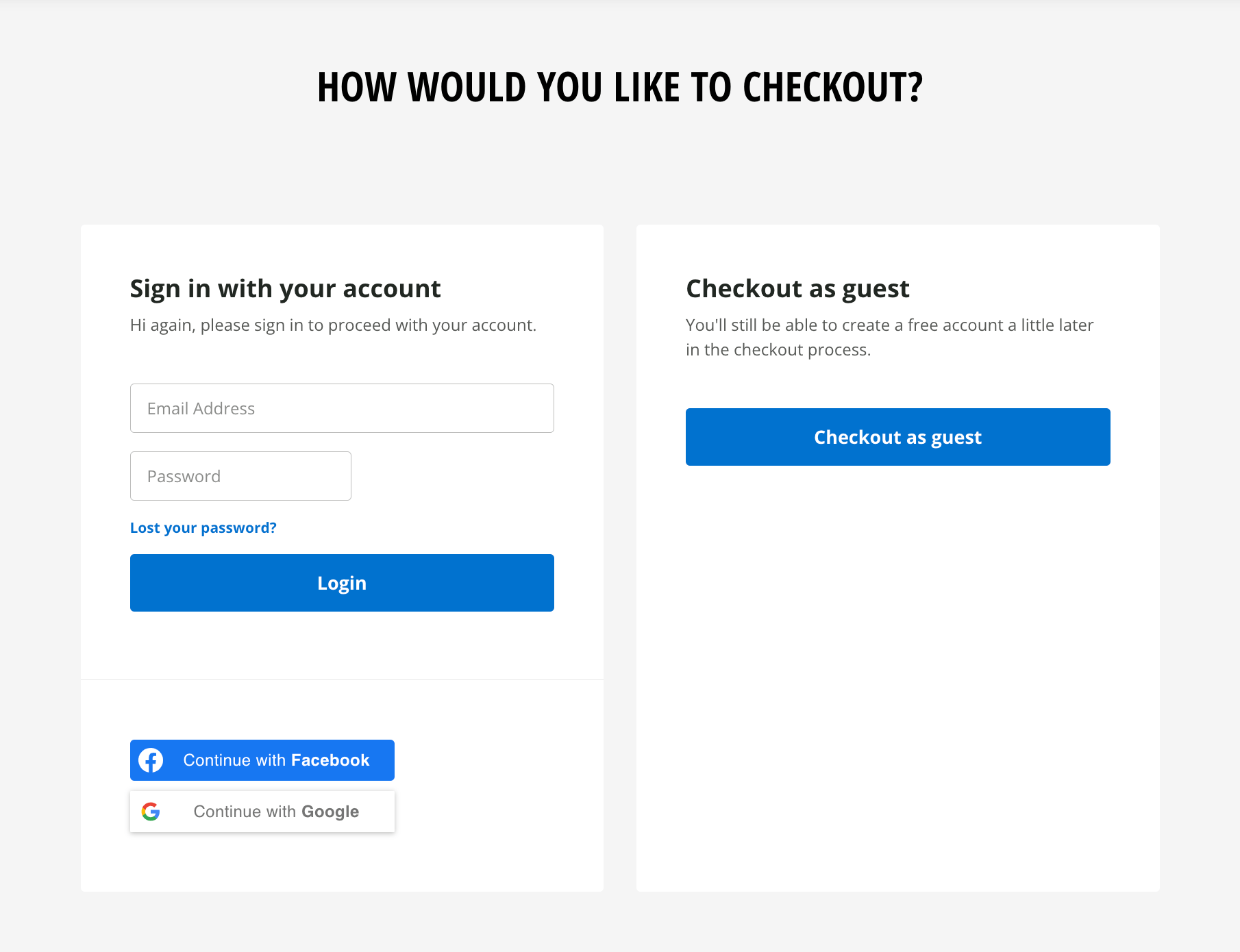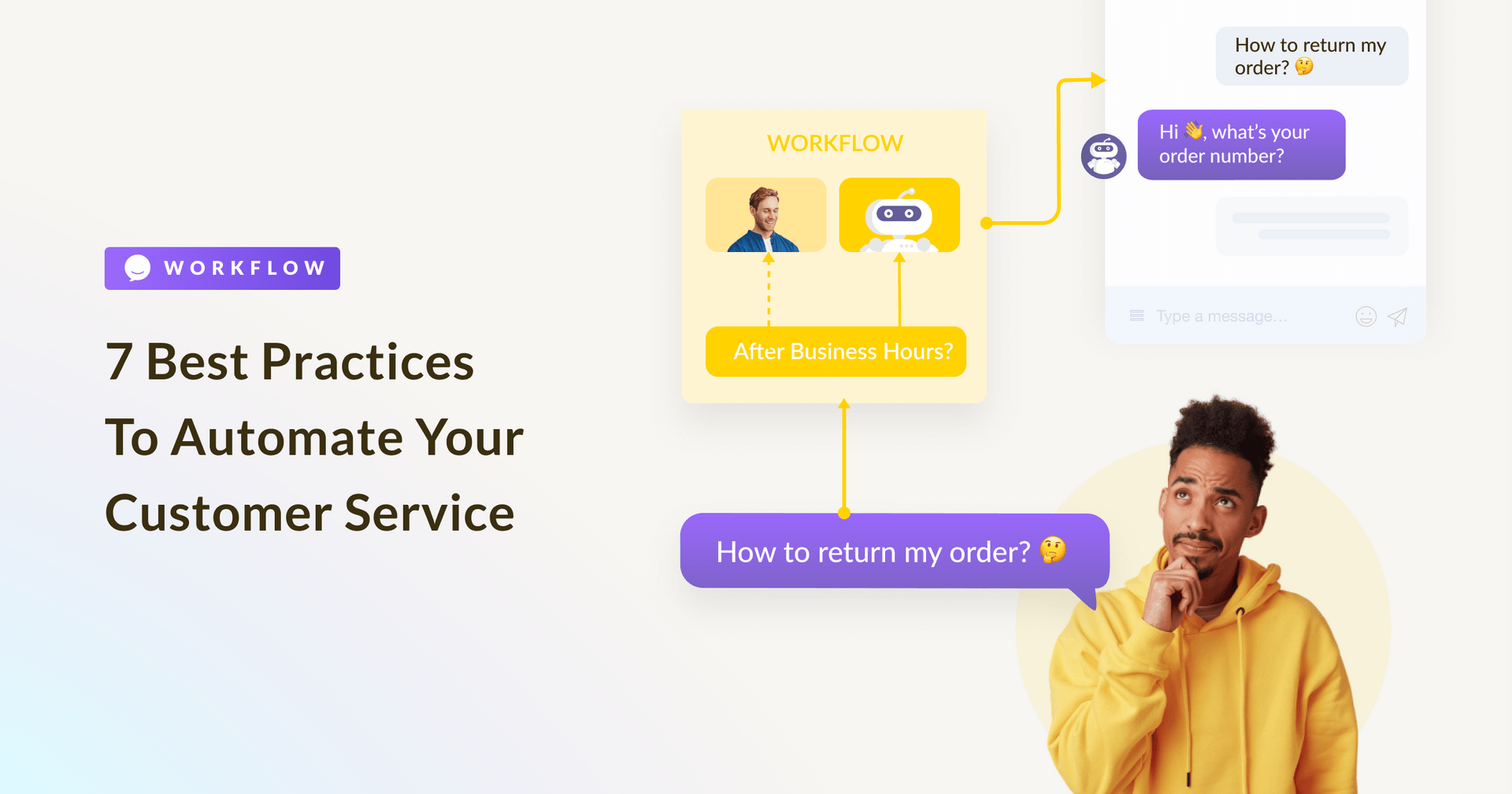Customer Journey: Optimize for Conversions & Loyalty
Customer Experience - November 09, 2024 - 5 min

QUICK LINKS
For sustainable growth, understanding the Customer Journey is not just an advantage but a crucial factor in optimizing customer experience, increasing conversion rates, and building a loyal customer base.
By understanding each stage of the journey, businesses can adjust their marketing strategies to improve customer retention and drive revenue. However, tracking every step of each customer’s journey remains a major challenge for many businesses.
Let’s dive deeper into the Customer Journey, the benefits of a Customer Journey Map, and how to enhance customer experience at each stage.
What is the Customer Journey?
The Customer Journey includes all the experiences that customers have when interacting with a brand. These interactions can take place across various touchpoints, both online and offline, and throughout different stages in the customer lifecycle—from awareness to purchase, post-purchase, and ultimately, loyalty building.
Stages of the customer journey
Businesses can divide it in various ways, but two common approaches are:
- Purchase Stages: Pre-purchase, purchase, and post-purchase.
- Customer Behavior Stages: Awareness, interest, consideration, decision, post-sale support, and loyalty.
What is a Customer Journey Map (CJM)?
A Customer Journey Map (CJM) is a visual tool that helps businesses visualize the entire journey of a customer as they interact with the brand. It includes all touchpoints at each stage, helping companies understand customer motivations, needs, and pain points to create strategies that enhance their experience.
Benefits of a CJM for businesses
Better customer understanding
A CJM enables businesses to understand customer behavior, needs, and expectations more accurately. This helps in creating detailed customer personas and serves as a foundation for precise customer outreach and care strategies.
Identifying pain points and improvement opportunities
Businesses can easily identify pain points—barriers or difficulties faced by customers by visualizing the journey. They can also pinpoint improvement opportunities, allowing them to focus resources on touchpoints with high optimization potential.
Enhanced customer experience
Understanding customers helps companies personalize and improve customer service, making customers feel valued and prioritized, and fostering loyalty.
Boost marketing & sales efficiency
Understanding each stage in the customer experience allows businesses to create more effective marketing and sales strategies. By personalizing approaches for specific customer groups, they can increase conversion rates and reduce costs.
Increase ROI and customer satisfaction
Optimizing the journey improves customer retention, generates higher revenue from existing customers, and lowers acquisition costs. A seamless, well-designed journey boosts ROI and strengthens customer satisfaction.
Data-driven decision-making
A comprehensive map of customer interactions, grounded in real data, enables data-driven decisions. This data-centered approach enhances accuracy in managing and improving the customer experience.
Fostering a customer-centric culture
By aligning teams with a shared understanding of the journey, companies foster collaboration and create solutions that elevate the overall customer experience.
Simple steps to build a customer journey
Define business goals and expectations
Before starting, businesses must clearly understand their objectives:
- What aspects of customer interaction need improvement?
- Which issues need resolution?
- Is the primary goal to drive revenue, build loyalty, or optimize customer experience?
Clearly defined goals allow companies to plan each stage of the customer journey effectively.
Understand customers through buyer personas
To truly understand the customer journey, businesses need to create detailed buyer personas:
- Segment customers: Group customers by age, gender, interests, income, etc.
- Understand needs and desires: Different customer segments have unique needs throughout the buying process.
- Buying behavior: Identify typical purchasing patterns and decision-making processes.
This data can be gathered from sales reports, customer surveys, or analytics tools like Google Analytics. It provides businesses with a clear view of their target audience, enabling them to design a relevant journey.
Identify key stages in the customer journey
A typical customer journey has five stages:
- Awareness: Customers become aware of the brand. Businesses should create a strong first impression through channels like advertising, social media, or SEO.
- Consideration: Customers research products and compare options. Businesses can provide valuable information and unbiased reviews to build trust.
- Decision: Customers make a purchase decision. Support from the sales team and a smooth payment process are essential here.
- Retention: Post-purchase care encourages customers to return. Loyalty programs, post-sale support, and customer care are vital.
- Advocacy: Satisfied customers recommend the brand, helping acquire new customers through referral programs or exclusive offers.
Establish important touchpoints
Touchpoints are points where customers interact with the business at each stage. Key touchpoints might include:
- Awareness: Social media ads, blog articles.
- Consideration: Product reviews, detailed product pages.
- Decision: Payment page, live chat support.
- Retention: Thank-you emails, after-sales support.
- Advocacy: Loyalty programs, referral incentives.
Personalize the customer experience
Today’s customers expect a personalized experience. Businesses can leverage collected data to tailor messages, content, and services for specific customer segments. Examples include:
- Personalized welcome emails for new sign-ups.
- Product recommendations based on purchase history.
- Special promotions exclusively for loyal customers.
Optimize each stage and touchpoint
Analyzing customer behavior at each touchpoint helps businesses identify pain points that need improvement. For example:
- If customers frequently abandon the payment page, simplify the checkout process.
- If post-purchase emails have low open rates, improve content quality or consider alternative channels.
Integrate an omnichannel strategy
To create a seamless journey, businesses should implement an omnichannel strategy that ensures consistency across all customer interaction channels, from online stores to social media and in-store experiences.
Measure and continuously adjust
Customer journeys are not static. Customer needs and expectations evolve over time, so businesses should regularly track KPIs and gather feedback to make necessary adjustments. Metrics to monitor include:
- Conversion rates at each stage.
- Customer satisfaction levels through surveys.
- Repeat purchase rate.
Improve the customer journey based on feedback
Customer feedback provides valuable insights for journey improvements. Listen to customer opinions through surveys, reviews, or support interactions, and use these insights to enhance the experience at each stage.
Tips to Optimize Customer Journey Map
- Understand customer needs: Analyze customer attitudes and needs at each touchpoint to make targeted improvements.
- Keep CJM updated with customer data: Adjust strategies based on real-time customer behavior data for a relevant experience.
- Equip teams with resources: Provide necessary tools, like CRM, to help staff understand customers and enhance service quality.
Key Principles in Building a Customer Journey Map
- Customer-centric focus: The CJM should reflect real customer experiences, focusing on their behavior and needs.
- Data-driven insights: Base the CJM on real customer data rather than assumptions.
- Use visual elements: Diagrams and visuals make the CJM easier to understand and remember.
- Regular updates: Customer behavior changes over time, so regularly update the CJM to maintain effectiveness.
Conclusion
Mastering the customer journey is key to building loyalty and long-term growth.
A well-designed journey map helps identify pain points, enhance touchpoints, and create impactful experiences. Aligning strategies with each stage increases conversions, boosts retention, and strengthens brand loyalty.
Related Posts
November 09, 2024
Customer Journey: Optimize for Conversions & Loyalty
May 14, 2024
Don’t Just Focus On Revenue and Orders
December 29, 2023
Many Visitors But No Sales? Read this
December 22, 2023
Top 5 Tips for an Exceptional E-commerce Product Page
July 26, 2023









